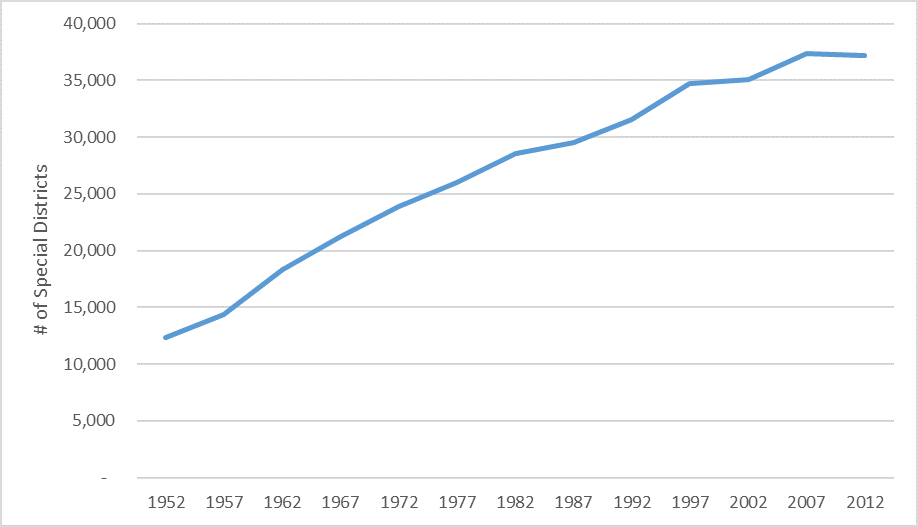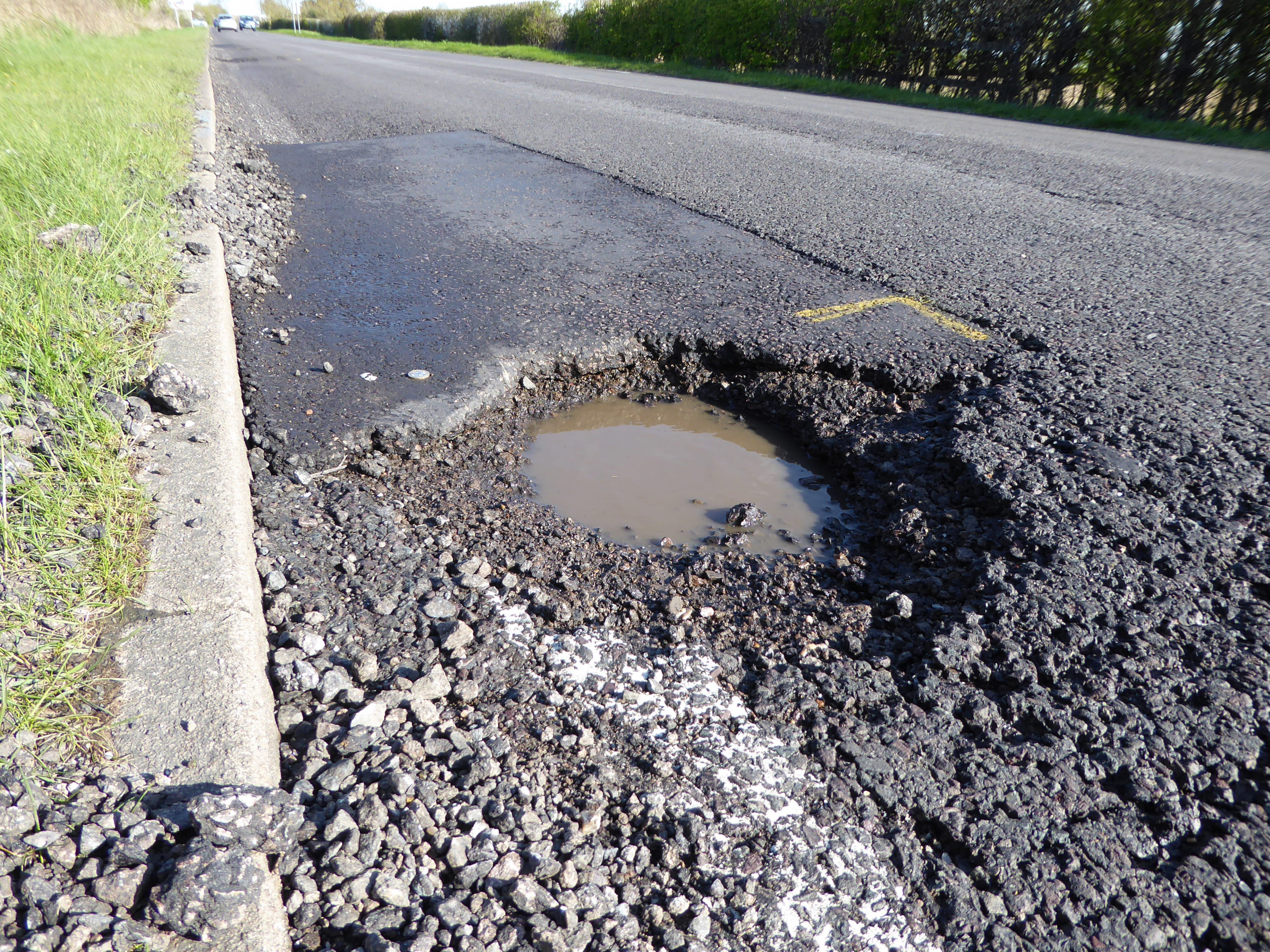Special Districts: Following the Money in the Most Mysterious Government Agencies
“Special districts” are government entities that exist outside of traditional forms of general purpose local and state governments. Sometimes known as authorities or quasi-public agencies, they serve key governmental functions such as providing public transit or public housing. But despite being public entities that provide public services, special districts are often unknown to the public and often do business without adhering to modern standards of government budget or spending transparency.
“Special districts” are government entities that exist outside of traditional forms of general purpose local and state governments. Sometimes known as authorities or quasi-public agencies, they serve key governmental functions such as providing public transit or public housing. But despite being public entities that provide public services, special districts are often unknown to the public and often do business without adhering to modern standards of government budget or spending transparency.
The latest edition of Frontier Group’s Following the Money series of reports – Governing in the Shadows: Evaluating the Financial Transparency of Special District Governments – takes a closer look at the financial transparency practices of these enigmatic entities.
A lack of financial transparency is troubling no matter what the level of government, but this becomes particularly concerning in the case of special districts; as of 2012, there were more than 38,000 special districts in the U.S., with 13 states each boasting more than 1,000 such entities within their borders. Special districts are also the fastest growing form of local government, more than tripling in number over the last 60 years.
U.S. Special District Growth, 1952-2012

This rise of special districts can be attributed to a few factors. Since the 1800s, special districts have been used by unincorporated communities as a way of delivering public services while maintaining independence from nearby cities. After the financial crisis of the 1870s, cities passed public debt limits to avoid future defaults, while citizen groups simultaneously lobbied for tax ceilings to limit additional taxation. Special districts, which courts ruled were exempt from such fiscal limitations, provided a way for cities and regions to expand public services despite these constraints. As time went on, private developers soon too began utilizing special districts as an avenue for issuing tax-exempt municipal bonds to subsidize new construction of residential developments.
The budget of a special district, regardless of its legislative origins or the services it provides, does not undergo legislative review, and its spending and debt are not reported in other government budgets. The potential for special districts to be used to evade normal forms of governance and established fiscal limitations makes transparency and accountability in their spending and operations particularly important.
Our review of the online fiscal transparency of a diverse set of 79 special districts across the country showed that most share little – or any – detailed data on their spending with the public via the Internet. Only seven special districts, 9 percent of those evaluated in the report, received leading scores for online fiscal transparency, while 30 received lagging scores, and 42 special received failing scores. Eleven districts received a score of zero – meeting none of the criteria for online fiscal transparency we and our partners at U.S. PIRG Education Fund have developed over nearly a decade of similar evaluations of state and city governments.
The stories of the special districts that did excel provides clues for how this category of government can improve its transparency. We found the nation’s most transparent special districts are often those in states that have taken action to require or encourage the posting of financial information online. For example,
- The Texas Comptroller of Public Accounts offers a Transparency Stars program for local governments, including special districts, excelling in financial transparency. Of the seven leading special districts evaluated in this report, three are from Texas and all three have received at least one Transparency Star from the Comptroller.
- In Illinois, legislation requiring the creation of a transparency portal for the Chicago area’s transportation districts has resulted in an easy-to-use resource for citizens seeking to access financial information. One district included in the legislation was evaluated in our report, and received a leading score.
- The Kentucky Department for Local Government was established as the central reporting agency for all state special districts in 2013, and publishes a public portal of special district budget and spending information. The one special district from Kentucky evaluated in this report also received a leading score.
To improve transparency of a locality’s special districts, it is first necessary to inform the public about what they are and where they exist – in a couple of cases, special districts we investigated for this report did not even have a web site, let alone detailed budget and spending data available to the public. Local and state officials should help the public identify special districts, develop clear requirements for financial practices, and establish tools to improve accountability for districts’ spending and financial transparency. Special districts also have a responsibility to provide the public with access to information. In particular, partnering with state transparency websites to post checkbook-level spending data could prove an efficient way to make financial information more accessible.
Since special district expenditures typically are not subject to the checks and balances of the regular budget process and fall outside of the “official” budgets of general purpose governments, special districts can lack public accountability, making online transparency particularly important. All special districts are governmental entities created to fulfill public – not private – functions. As with any agency created to serve the public interest, the public has a right and a responsibility to evaluate whether a special district is fulfilling its public service function efficiently and well.
Topics
Authors
Find Out More

Shifting Gears

Fix it First

Moving Forward Together

